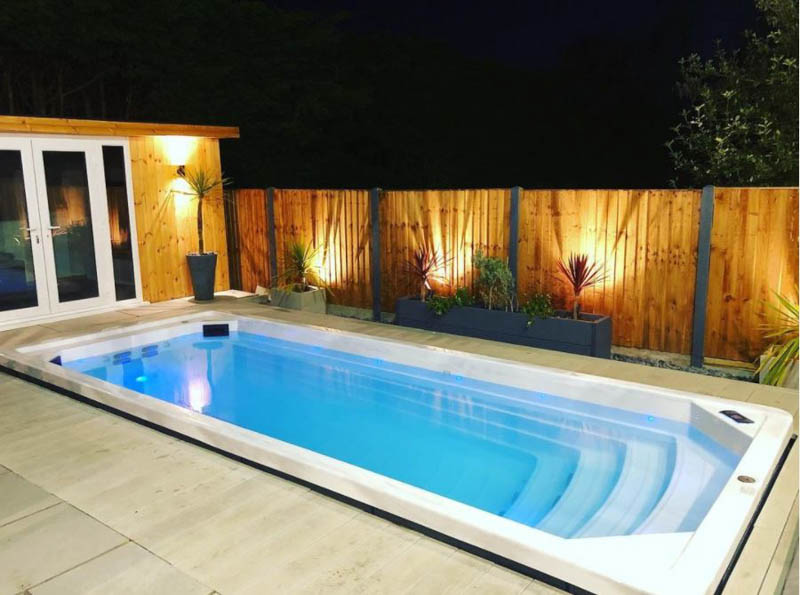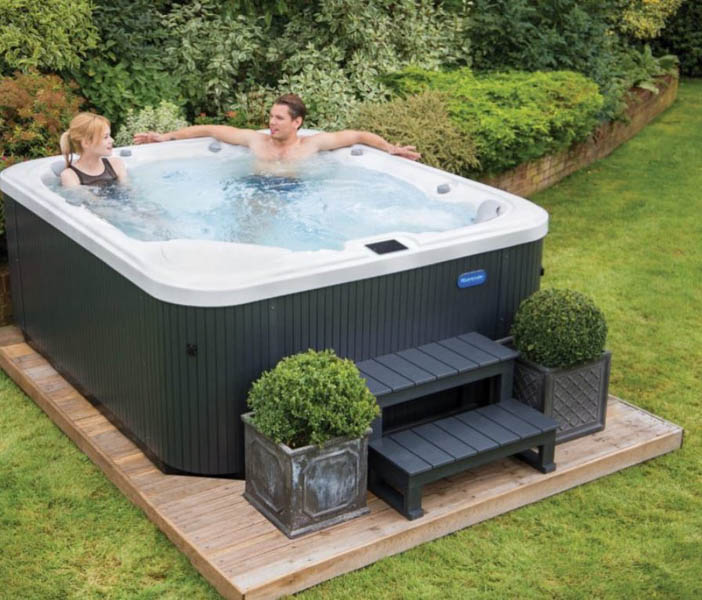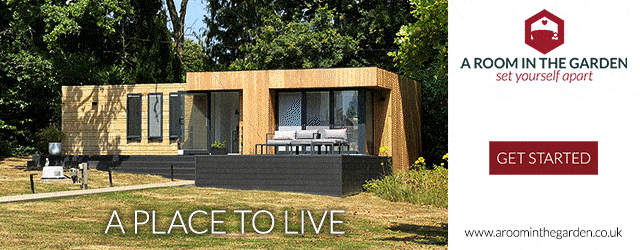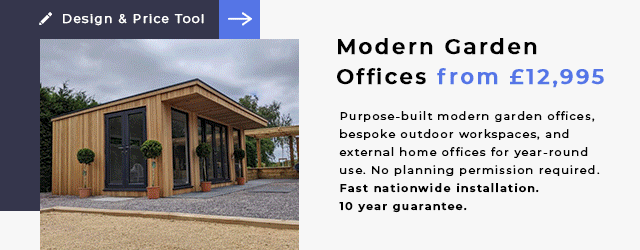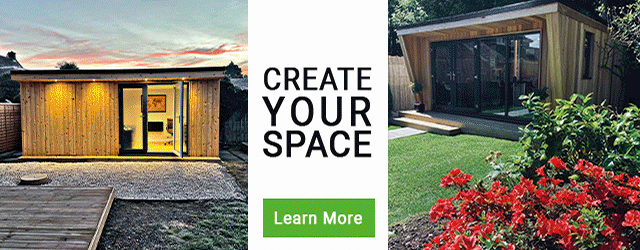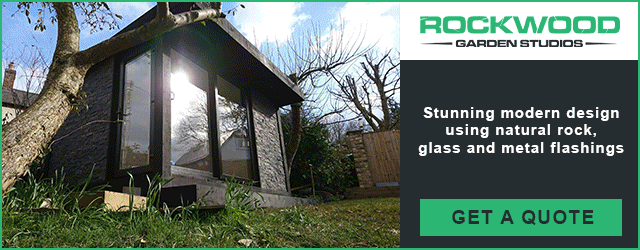Installing a hot tub alongside a garden room is becoming really popular. In this guest post, the Hot Tub Barn share some useful tips to ensure it is successful:
With people spending more time at home than ever before, and with holidays abroad looking increasingly difficult thanks to changing rules, isolation requirements and spiralling costs, it’s perhaps no surprise that many are looking for the holiday experience at home. For many, that means investing in a hot tub that they can enjoy all year round.
Hot tubs are actually far easier (and quicker), to install than most people think, and not something you’ll require planning permission for if you’re fitting it into an existing garden. However, like everything in life, whilst the process should be simple and straightforward, there are a few things it’s good to be aware of before you start:
- Make sure you’re working with a solid, even surface – brick, concrete and paving stone are all ideal, and try and avoid a slope if possible. If you don’t have enough even ground to create a sturdy foundation, it might be worth looking into using hot tub pads.
- Be careful with decking – decking is a very popular choice for those installing hot tubs in their garden, and it’s easy to see why, but it’s really important to check first that it can withstand the weight of the tub (not just with the addition of people and water, but over time as well). Get a specialist opinion if you’re unsure.
- Contact an electrician – this is an area you really don’t want to cut corners on. Be sure to hire a registered electrician to either connect your hot tub to the mains, or to install a waterproof outdoor plug socket. The latter should be protected by a circuit breaker or RCD (residual current device). It’s worth checking reviews before selecting a competent tradesman.
- Consider drainage – before you begin the installation of your hot tub, think about your drainage options. It’s likely you’ll need to drain your tub a few times a year, so if possible, try and make sure it’s situated near an existing drain, or at least in an area where you don’t mind flushing the water straight into the ground (so ideally not somewhere it could seep into a neighbour’s garden, or damage plants for example). You could also install a new drain if you wish, but remember to factor the additional time and cost into your planning.
- Leave enough space for maintenance – apart from the obvious need to get in and out of the hot tub, it’s important to leave enough space around the hot tub for easy access and maintenance (one to two feet should be enough) to make it easier to clean and fill the tub.
- Ensure water is treated correctly – once your tub is installed, there is one more step before you can jump in and enjoy it. Ensuring your water is treated properly with the appropriate chemicals is important. If you buy from an established retailer, they will be able to advise you on this.
If you’ve made the decision to treat yourself to a new hot tub, you’ll be itching to get in the water and enjoy the summer with friends and family, but do take a few minutes to plan ahead for your installation. Or better yet, let your hot tub provider take care of the process for you, for extra peace of mind.
Shane Davies is the UK General Manager of Hot Tub Barn, specialising in hot tubs, swim spas and pools for over 25 years.


